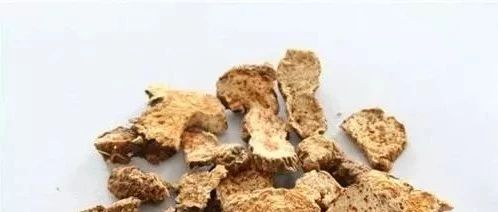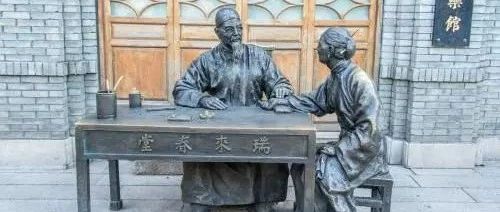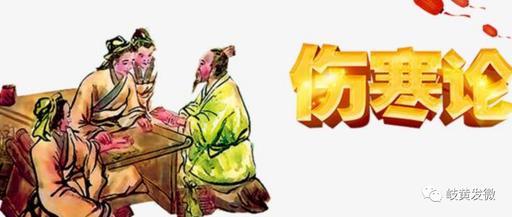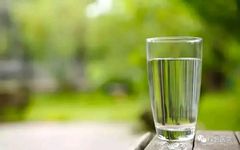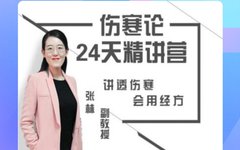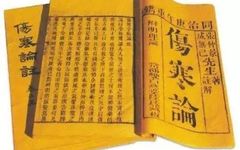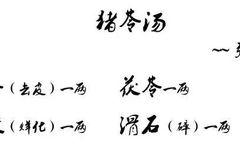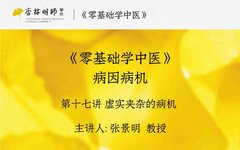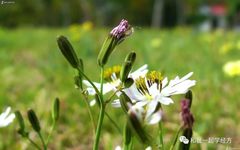An Ancient Formula: Cang Zhu Bai Hu Wan!
The famous Taoist priest of the Qing Dynasty, the 11th generation master of the Longmen sect of Quanzhen Dao: Liu Yiming, styled Wuyuanzi, also known as Supu Sanren, was a prominent figure in the field of Neidan (internal alchemy) and a renowned physician from Pingyang, Shanxi. Liu Yiming was skilled in utilizing external alchemical techniques … Read more

